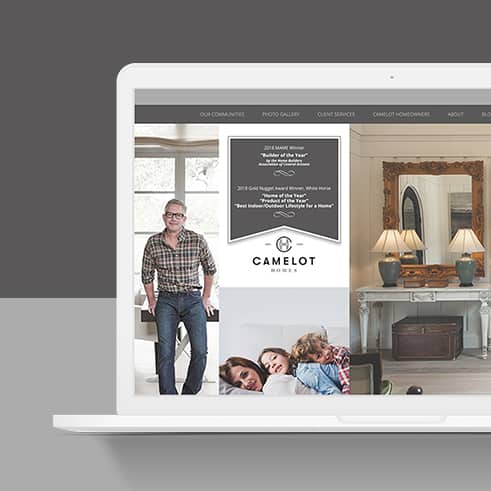In today’s fast-paced digital world, social media has become more than just a place to connect with friends and family. It’s a powerful platform for businesses to reach out to potential customers in a direct and personal way.
Social ads, which are advertisements we see on social media, play a huge role in helping businesses make their mark online. They offer a way to not just show off your brand, but to engage with your audience and even drive sales. Let’s explore how social ads can transform your online presence and connect you with more of your ideal customers.
Navigate the Advertising Universe: Find Your Ideal Platform
Facebook offers access to over 2 billion users, enabling brands to target a diverse audience with precision. Its varied ad formats and detailed analytics make it a versatile platform for achieving multiple marketing objectives efficiently.
Instagram stands out for its visual appeal and high engagement rates, particularly with younger demographics. It’s an ideal platform for creative expression and influencer collaborations, enhancing brand authenticity and facilitating direct-to-consumer sales.
Twitter excels in real-time engagement, allowing brands to participate in current conversations. Its use of hashtags and trending topics amplifies ad visibility, making it a prime choice for impactful, concise messaging.
LinkedIn is unmatched for Business to Business marketing, offering targeted advertising to professionals by industry, job title, and seniority. It’s a powerful tool for thought leadership and generating high-quality leads, fostering valuable professional connections.
TikTok
TikTok offers a unique platform for engaging with younger audiences through creative, potentially viral content. Its relatively new ad scene presents opportunities for increased visibility and user-generated content, making it an innovative space for marketing strategies.
Types of Campaigns: Strategy Matters
- Awareness Campaigns: These campaigns are designed to introduce your brand to a wider audience. The goal is not immediate conversion but to make potential customers aware of your business.
- Engagement Campaigns: Engagement campaigns aim to foster interaction with your content. This includes likes, shares, comments, and other forms of engagement that can increase your brand’s visibility and deepen relationships with your audience.
- Conversion Campaigns: Conversion campaigns are focused on driving actions. Whether it’s signing up for a newsletter, downloading an app, or making a purchase, these campaigns are all about turning prospects into customers.
Types of Ads: Choosing the Right Format
- Image and Video Ads: The most common forms of social ads, image, and video ads can tell your brand’s story in a compelling way. They are versatile across platforms and can be tailored to fit any campaign objective.
- Carousel Ads: Carousel ads allow businesses to showcase multiple images or videos in a single ad, each with its own link. They’re great for highlighting different products, telling a brand story, or explaining a process step-by-step.
- Story Ads: Full-screen ads that appear between users’ stories, story ads offer a highly immersive experience. They’re perfect for limited-time offers or promotions, encouraging quick action.
- Influencer Collaborations: Partnering with influencers for sponsored content can amplify your message and lend credibility to your brand. These ads appear native to the influencer’s feed, making them less intrusive.
Partnering with an Agency: Key Advantages
- Expertise at Your Fingertips: Agencies specialize in social media advertising, and offer deep insights and knowledge on effective strategies and the latest trends. This ensures your campaigns are optimized for success.
- Enhanced Efficiency: Delegating your social ads to an agency saves valuable time, allowing you to focus on core business operations. It’s a strategic move that streamlines your workflow and maximizes productivity.
- Advanced Tools and Negotiation: With access to cutting-edge tools, agencies can create, manage, and optimize ads more effectively. Their ability to negotiate better rates and placements also means your budget is used more efficiently.
- Insightful Analytics: Agencies provide detailed analytics and reporting, offering clarity on your campaign’s performance and actionable insights for improvement. This data-driven approach helps fine-tune your strategies.
- Creative Innovation: An agency brings a fresh perspective, introducing innovative ideas that make your campaigns stand out. Their creative expertise can elevate your brand presence in the competitive social media space.
Social ads provide a dynamic way for brands to reach and engage with their audience across different platforms. By strategically leveraging these platforms’ strengths, brands can enhance their digital presence, drive engagement, and achieve their marketing goals. Partnering with an agency can leverage expertise and resources effectively to maximize campaign success.





















